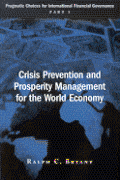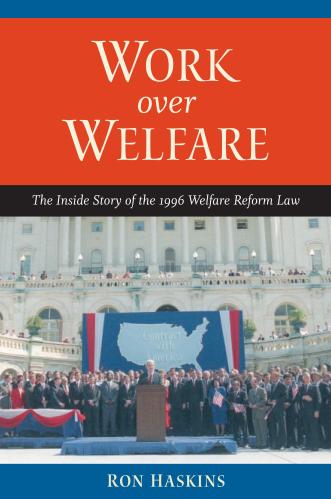Studies in this week’s Hutchins Roundup find the time students take to complete bachelor’s degrees has declined since the 1990s, quantitative easing influences mortgage REIT financing decisions, and more.
Want to receive the Hutchins Roundup as an email? Sign up here to get it in your inbox every Thursday.
Students are completing bachelor’s degrees in less time than they did in 1970s and 80s
The time students take to earn a bachelor’s degree has been declining since the 1990s, reversing the upward trend of the 1970s and 80s, find Jeffrey Denning of Brigham Young University and co-authors. Between 1993 and 2008, the average time to completion fell from 5.2 to 4.9 years at public universities, 4.7 to 4.4 years at less selective private schools, and 4.4 to 4.3 years at selective private schools. Although students of all races, genders and Pell Grant status (which the authors use as a proxy for income) have seen faster completion, white students finish faster than Black and Hispanic students, female students finish faster than male students, and students not receiving Pell Grants finish faster than those who do. The authors also find that students at the bottom half of the SAT score distribution have seen faster declines in time to completion than those at the top. The authors offer no definitive explanation for the trend. They note that the usual factors—student’s preparation for college, amount of time spent studying, and funding for higher education—point to longer, not shorter, time to complete a degree. One possible explanation they say, is lower standards for degree receipt.
Fed purchases of mortgage-backed securities influence risk-taking in financing choices for MREITs
It is well-documented that quantitative easing (QE) by the Federal Reserve can encourage institutional investors to “reach for yield” by taking on riskier assets. W. Scott Frame of the Dallas Fed and Eva Steiner of Penn State provide evidence that QE also affects the risks that non-banks take in their financing decisions. They compare agency mortgage real estate investment trusts (MREITs) that invest exclusively in government-backed mortgage securities (MBS) with MREITS that invest in a broader set of mortgage-related securities. They find that agency MREITs grew more slowly as the Fed bought more agency MBS (a one standard deviation increase in the share of Fed ownership of agency MBS is associated with a decline in asset growth of 3.6 percentage points per quarter). At the same time, agency MREITs increase their leverage (the equity-to-assets ratio for agency MREITs fell by 1.7 percentage points due to the same increase in Fed purchases.) Compensating for this increase in leverage, agency MREITs lengthened the maturity of their repurchase agreements to address liquidity risk and hedged their interest rate risk through use of derivatives.
Workers leave less productive firms during recessions, but highly productive firms stop hiring
Do recessions speed up or slow down the movement of workers from less productive to more productive jobs? Using Census data that links employers and employees, John Haltiwanger of the University of Maryland and co-authors find that in a downturn, less productive firms hire fewer unemployed people and fire more employees than their high productivity counterparts, freeing up workers to pursue more productive jobs. However, recessions also restrict job opportunities at more productive employers, preventing workers from moving into more productive employment. The first effect dominates early in downturns and the second lingers well into a subsequent recovery. Slow labor market recoveries will therefore be more damaging to productivity growth than V-shaped recoveries, the authors conclude.
Chart of the week: U.S. retirement spiked during the pandemic
Quote of the week:
“For decades, the prevailing focus has been on the need to decrease and then limit the size of government as a share of the economy. Within that framing, there has been broad bipartisan support for ensuring that defense expenditures respond to U.S. security needs and for protecting entitlement spending, which has increased with rising healthcare costs and population aging. Discretionary spending has been compressed as a consequence.
Exceptions have been made, most often in the form of temporary support for the economy… but ambitious and valuable initiatives like the Affordable Care Act engendered enough controversy to foreclose at that time the possibility of broadening the agenda. This approach…founded on a distrust of government motives and effectiveness, along with resistance to higher taxes, has had profound effects on our nation and our people,” says Janet Yellen, Secretary of the Treasury.
“We haven’t maintained our infrastructure let alone modernized it. We haven’t sufficiently supported public research and development to ensure that America will maintain its technological edge. We haven’t embraced the investments in education and training that we need to keep up with technological change and to compete in the international marketplace as we once did. And we haven’t built support systems for families to improve child health, education, and well-being, and provide adequate childcare….We know that, like any private sector investment, the payoff to any one infrastructure project is uncertain. But what we propose is a portfolio of public investments that together will have a significant positive payoff…”
The Brookings Institution is committed to quality, independence, and impact.
We are supported by a diverse array of funders. In line with our values and policies, each Brookings publication represents the sole views of its author(s).










Commentary
Hutchins Roundup: Bachelor’s degrees, quantitative easing, and more
May 20, 2021